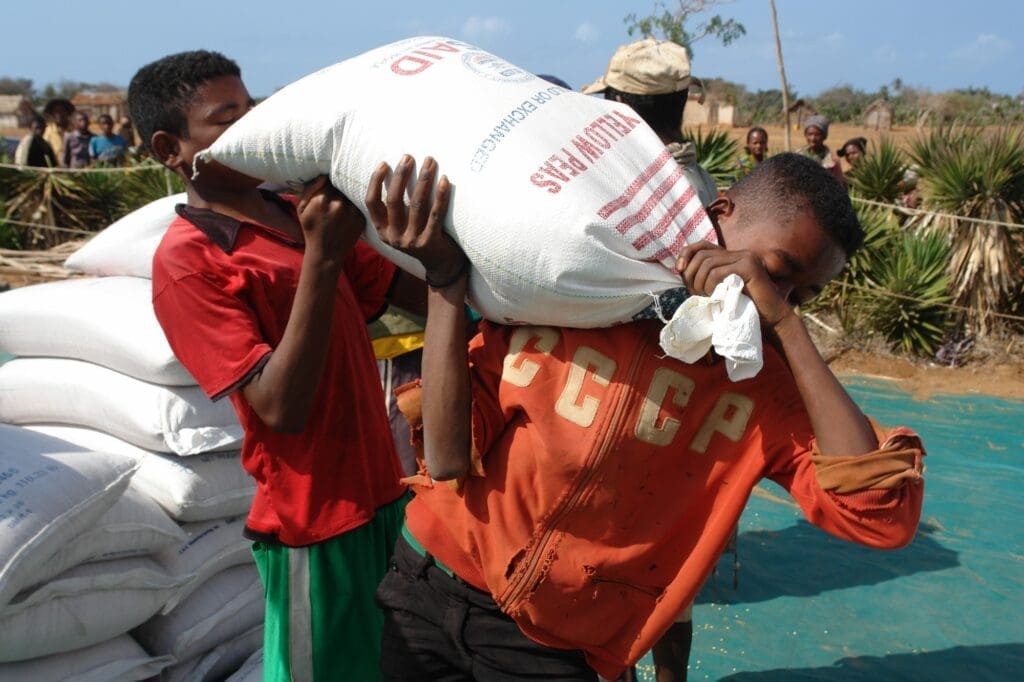6 Things To Know About The Drought In Southern Madagascar

Photo: WFP/Volana Rarivoson
More than half of Madagascar’s population has been impacted by the worst humanitarian crisis southern Africa has experienced in more than two decades.
NPR recently highlighted the drought’s devastating impact on the country’s southern region in particular, describing families there as “on the brink of famine.”
Here’s what you need to know:
- In just one year, the number of hungry people in Madagascar jumped from 86,000 to 840,000 — that’s a 900% increase.
- Ninety percent of the country’s southern region lives under the poverty line. Forty percent of children are facing malnutrition. Even before the drought, Madagascar had the fifth-highest child stunting rate in the world.
- Agricultural production this year was 90 percent to 95 percent lower than usual. Most people in the country are small-scale farmers who tend to grow corn, cassava and rice. This year’s harvest was so bad that the lean season—the time of year when food runs scarce—began much earlier in September.
- Nearly one-third of households have pulled their children out of primary school to cope with the ongoing drought. “They use their children to go to the forest to look for fruits and cactus flowers and leaves,” says Jeanluc Siblot, the emergency coordinator for the World Food Programme (WFP) in Madagascar.
- According to a new WFP study, Madagascar is losing 14.5 percent of its GDP through the effects of hunger and child malnutrition, making it one of the worst-hit countries of ten countries that WFP has surveyed so far about the cost of hunger.
- If farmers can’t successfully plant crops in the next few weeks, families will have to rely on food assistance until March 2018. WFP is providing both cash and food assistance, which includes cereals, beans and oil, while the Food and Agriculture Organization is providing sweet potato and cassava cuttings and drought-tolerant seeds, along with support for feed and vaccines for livestock.




